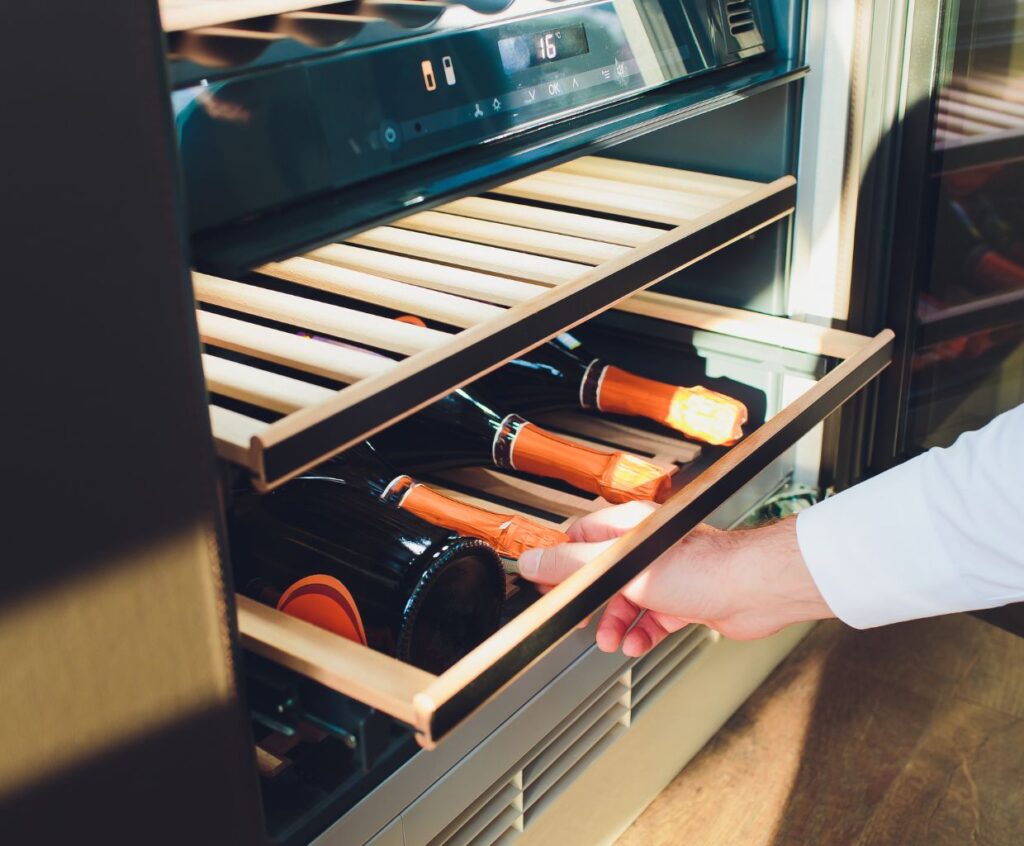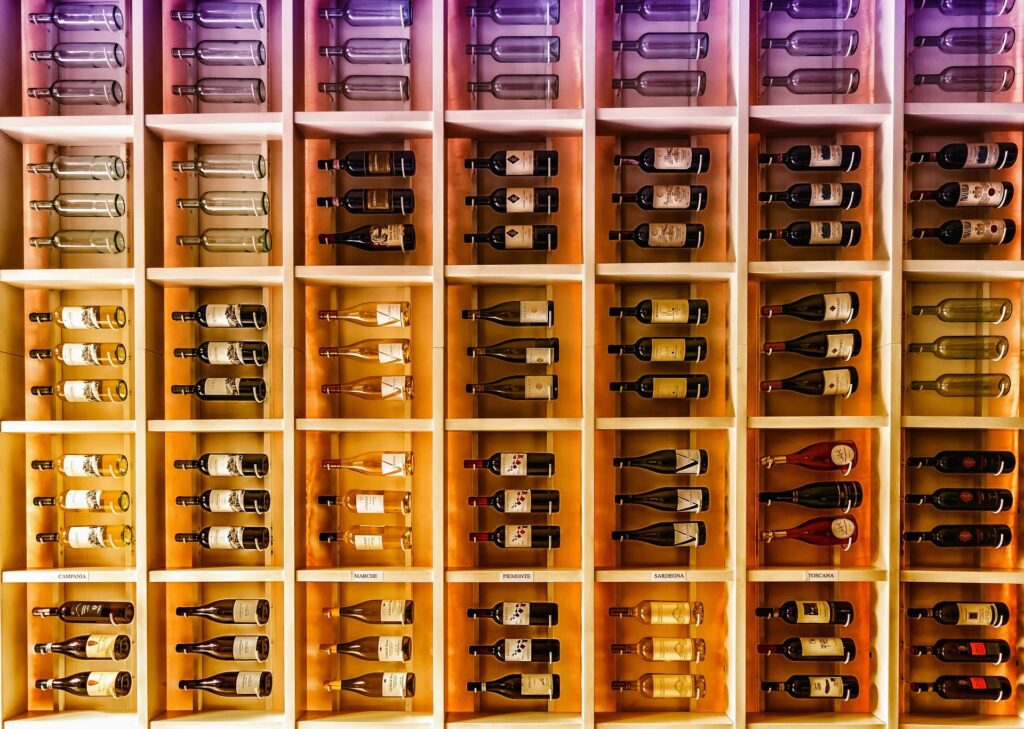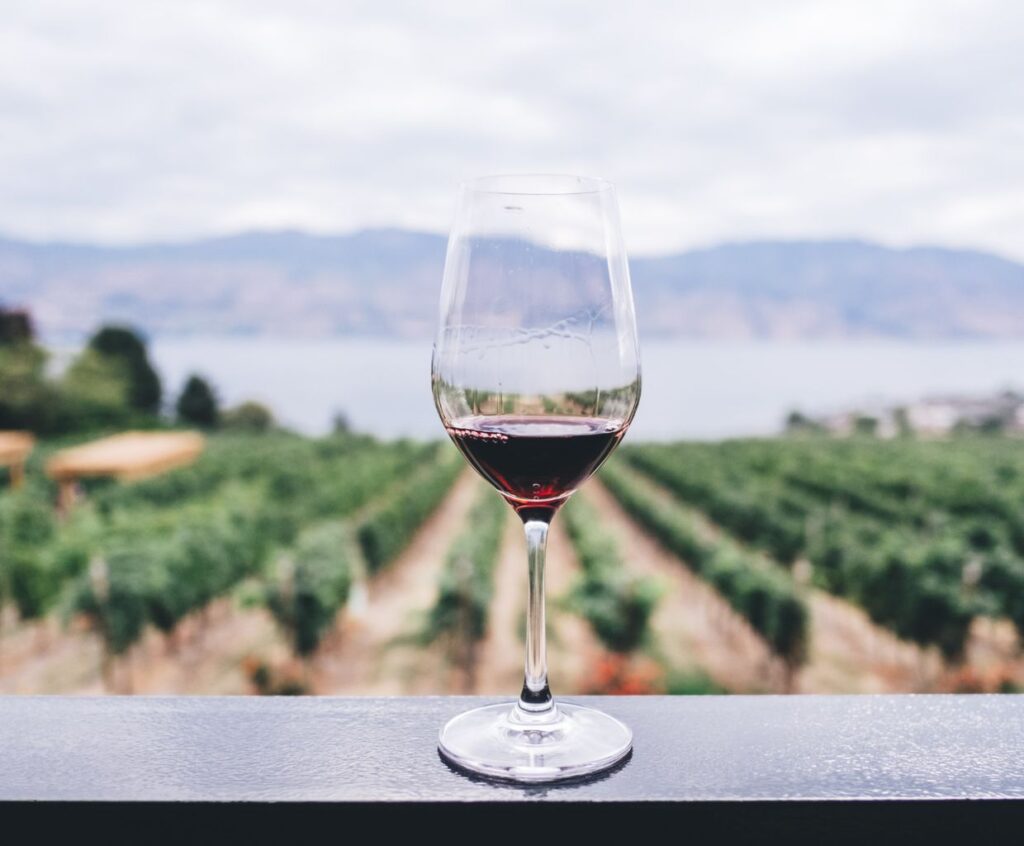Storing White Wine: Tips for Proper Storage and Preservation
White wine is a popular choice among enthusiasts known for its refreshing and crisp flavors. Proper storage and preservation are crucial to thoroughly enjoying white wine’s taste and aroma.
Whether you are a casual wine drinker or a connoisseur, here are some essential tips to ensure your white wine stays in optimal condition.
Temperature Control
Maintaining a consistent temperature is one of the most critical factors in storing white wine. The ideal temperature range for white wine storage is between 45°F (7°C) and 55°F (13°C). Fluctuations in temperature can cause the wine to age prematurely or develop off-flavors. Avoid storing white wine in areas subject to extreme temperature changes, such as near windows or heating vents.
Humidity Levels
Humidity plays a significant role in the preservation of white wine. The ideal humidity range for wine storage is around 70%. Insufficient humidity can cause corks to dry out, leading to oxidation and spoilage. On the other hand, excessive humidity can promote the growth of mold and mildew. Consider investing in a wine cellar or cooler with built-in humidity control to maintain appropriate humidity levels.
Light Exposure
White wine is susceptible to light, especially ultraviolet (UV) rays. Prolonged exposure to light can result in degrading wine’s flavors and aromas. Store your white wine in a dark or dimly lit area to protect it. Consider using wine covers or shields to block out UV rays if storing wine in clear bottles. Additionally, avoid using fluorescent lights in your storage area as they emit higher levels of UV radiation.
Positioning the Bottles
The position in which you store white wine can also impact its quality. White wine is better stored upright than red wine, which benefits from horizontal storage to keep the cork moist. Storing white wine upright helps prevent unwanted contact between the wine and the cork, reducing the risk of contamination or spoilage.
Avoid Vibrations
Vibrations can disturb the sediments in wine and negatively affect its quality. To minimize vibrations, store your white wine away from appliances, machinery, or any other sources of constant movement. The goal is to keep the wine undisturbed, allowing it to age gracefully and maintain its intended flavors.
Are there any special tips or techniques for preserving partially consumed bottles of white wine?
Yes, there are a few tips and techniques for preserving partially consumed bottles of white wine:
1. Recork the bottle tightly: Ensure the cork is securely placed back in the bottle to prevent air from entering and oxidizing the wine.
2. Store in the refrigerator: White wine should be stored after opening to slow the oxidation process. Lower temperatures help preserve the flavors and freshness of the wine.
3. Use a wine preservation system: Various wine preservation systems are available, such as vacuum pumps or inert gas canisters, which remove air from the bottle and create a barrier to oxidation. These systems can help extend the shelf life of the wine.
4. Transfer to a smaller container: If you have a lot of air space in the bottle, pour the remaining wine into a smaller container to minimize contact with air. This reduces oxidation and helps preserve the flavors.
5. Finish the bottle sooner: White wines generally have a shorter shelf life after opening than red wines. Consuming the wine within a few days to a week is best for optimal quality.
Remember that even with these techniques, the quality of the wine may deteriorate over time. It is always best to consume white wine as soon as possible after opening to enjoy it at its best.
Are there specific storage conditions or environments that are more suitable for preserving the integrity of white wine?
Yes, specific storage conditions and environments are more suitable for preserving the integrity of white wine. Here are some key factors to consider:
1. Temperature: White wine is generally best stored at an excellent and consistent temperature, ideally between 45°F (7°C) and 55°F (13°C). Avoid extreme temperature fluctuations, which can negatively impact the wine’s quality.
2. Humidity: Maintain a moderate humidity level between 50% and 70%. Higher humidity helps keep the cork moist, preventing it from drying and allowing oxygen to enter the bottle.
3. Light: White wine is more sensitive to light exposure than red wine. Ultraviolet (UV) rays can degrade the wine and cause unwanted chemical reactions. Store white wine in a dark or dimly lit area, away from direct sunlight.
4. Bottle position: White wine is typically stored upright, unlike red wine. This helps minimize the wine’s contact with the cork, reducing the risk of oxidation and spoilage. However, if the bottles have a screw cap or synthetic cork, storing them horizontally won’t cause any harm.
5. Vibrations: Keep white wine bottles away from excessive vibrations or movement. Vibrations can disturb the sediment in the wine, affecting its flavor and overall quality.
6. Odors: Avoid storing white wine in an environment with strong odors, as wines can absorb these smells, impacting their taste and aroma. Keep the storage area well-ventilated and odor-free.
7. Consistency: Stability and consistency in storage conditions are crucial for preserving white wine. Fluctuations in temperature, humidity, or other factors can lead to premature aging or spoilage.
It’s worth noting that these guidelines apply to the long-term storage of white wine. General refrigeration can suffice if you plan to consume the wine within a short period.
Storing White Wine – Conclusion
Proper storage is essential for preserving the quality and taste of white wine. By controlling temperature, humidity, light exposure, and avoiding vibrations, you can ensure that your white wine remains enjoyable for years. Cheers!




